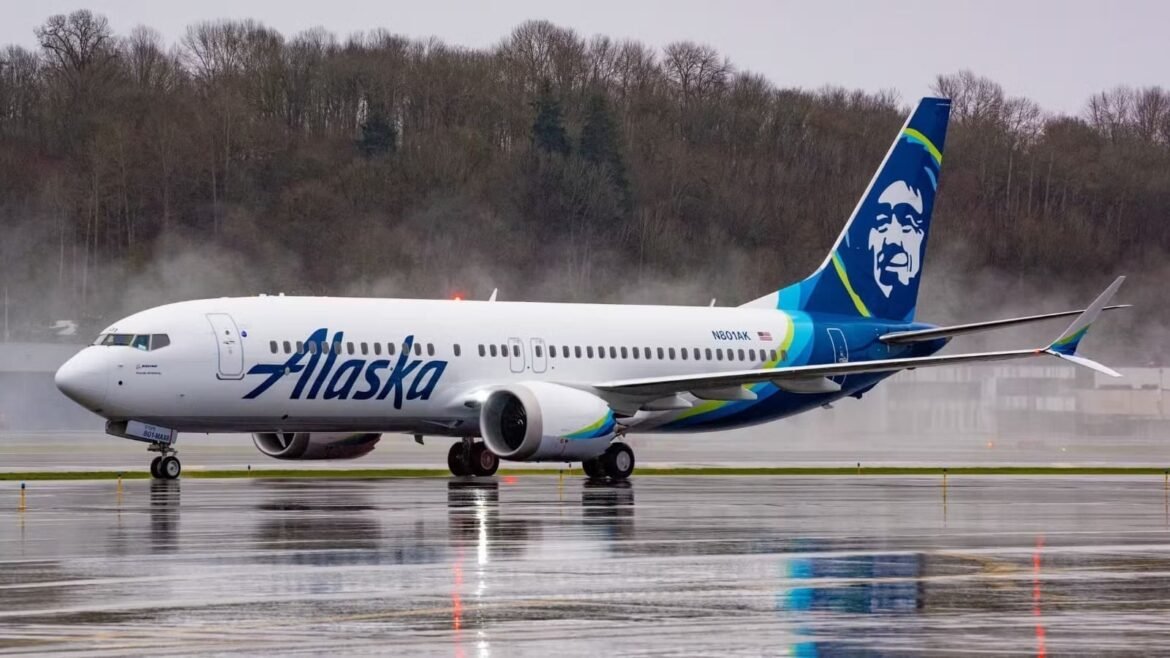789
Alaska Airlines Boeing 737 MAX 8, operating Flight AS 231 from Anchorage (ANC) to Kodiak (ADQ), was grounded after a wildlife collision during landing. The aircraft struck multiple deer on runway 26 at Kodiak’s Benny Benson State Airport, causing visible damage to its main landing gear. Thankfully, all passengers and crew disembarked safely with no injuries reported.
🛬 Incident Overview
- The 39-minute flight landed around 8:00 a.m. local time. During the rollout, pilots alerted air traffic control: “There is deer on the runway,” according to audio obtained from LiveATC.net.
- The aircraft collided with at least two—and reports indicate possibly three—deer, resulting in fatalities among the animals and significant damage to the landing gear.
- Despite the impact, the plane was able to taxi to the gate under its own power. It has since been grounded in Kodiak pending structural inspection and repair.
✈️ Operational Impact
- All remaining passenger flights to and from Kodiak were canceled for the day. Affected travelers were rebooked onto alternate flights, and Alaska Airlines issued an apology for the disruptions.
- The aircraft involved—registration N801AK, just one year old—remains parked until the airline completes a full maintenance assessment and repairs in Kodiak. No timeline for return to service has been announced.
- The FAA is investigating the incident, while local airport authorities and Alaska’s Department of Transportation are expected to review wildlife management controls at Kodiak Airport.
🦮 Wildlife Hazards in Aviation
- Wildlife strikes are rare but hazardous, particularly in remote Alaskan airports surrounded by dense wilderness. FAA data shows more than 22,000 wildlife strikes occurred across U.S. airports in 2024 alone. Aircraft in Kodiak hit wildlife—including deer and bald eagles—multiple times.
- Kodiak Island’s natural terrain complicates effective perimeter fencing and wildlife patrols, increasing runway incursion risks.
🔍 Broader Significance & Implications
- This incident underscores the need for robust wildlife management protocols at rural airports—potential improvements include enhanced fencing, wildlife detection technology, and proactive patrolling.
- Remotely operated airports often face limitations in implementing standard safety measures due to geographical and infrastructural constraints.

